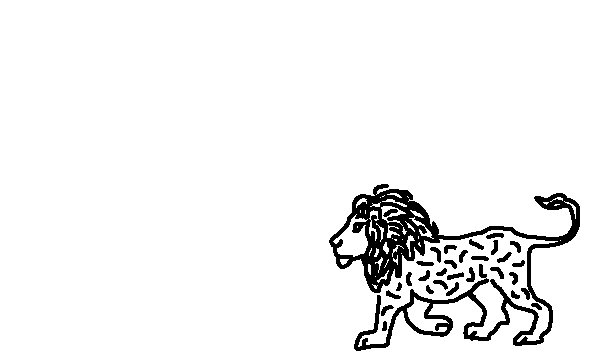WILDLIFE CORRIDORS AND LANDSCAPE CONNECTIVITY
IN THE KAVANGO-ZAMBEZI (KAZA) TRANSFRONTIER CONSERVATION AREA (TFCA)Seventy-five percent (75%) of the land between transboundary state-protected areas in the KAZA falls under traditional tenure systems. Excluding wildlife management areas, forest reserves and community concessions, 148,520 km2 of the remaining matrix is earmarked for agropastoral uses. In northern Botswana, most households in Ngamiland’s rural communities rely on livestock as the main source of income generation, with many communities reporting livestock as providing as much as 95% of household income. In recognition of the need for integrated landscapes, initiatives promoting community-based management systems for livestock-wildlife coexistence have been in development since the 1970s. However, today, there are few livestock-wildlife coexistence projects in the east and southern Africa that demonstrate how conservation of large, unfenced landscapes and rural development can be achieved through the application of well-managed pastoral practices. Through Community Coexistence, WE aim to demonstrate an integrated rural development and biodiversity conservation project that can be replicated throughout the KAZA landscape. Our work within KAZA, currently focusing on Habu and neighbouring communities, is supported by the UNFAO’s global Sustainable Wildlife Management Programme.
